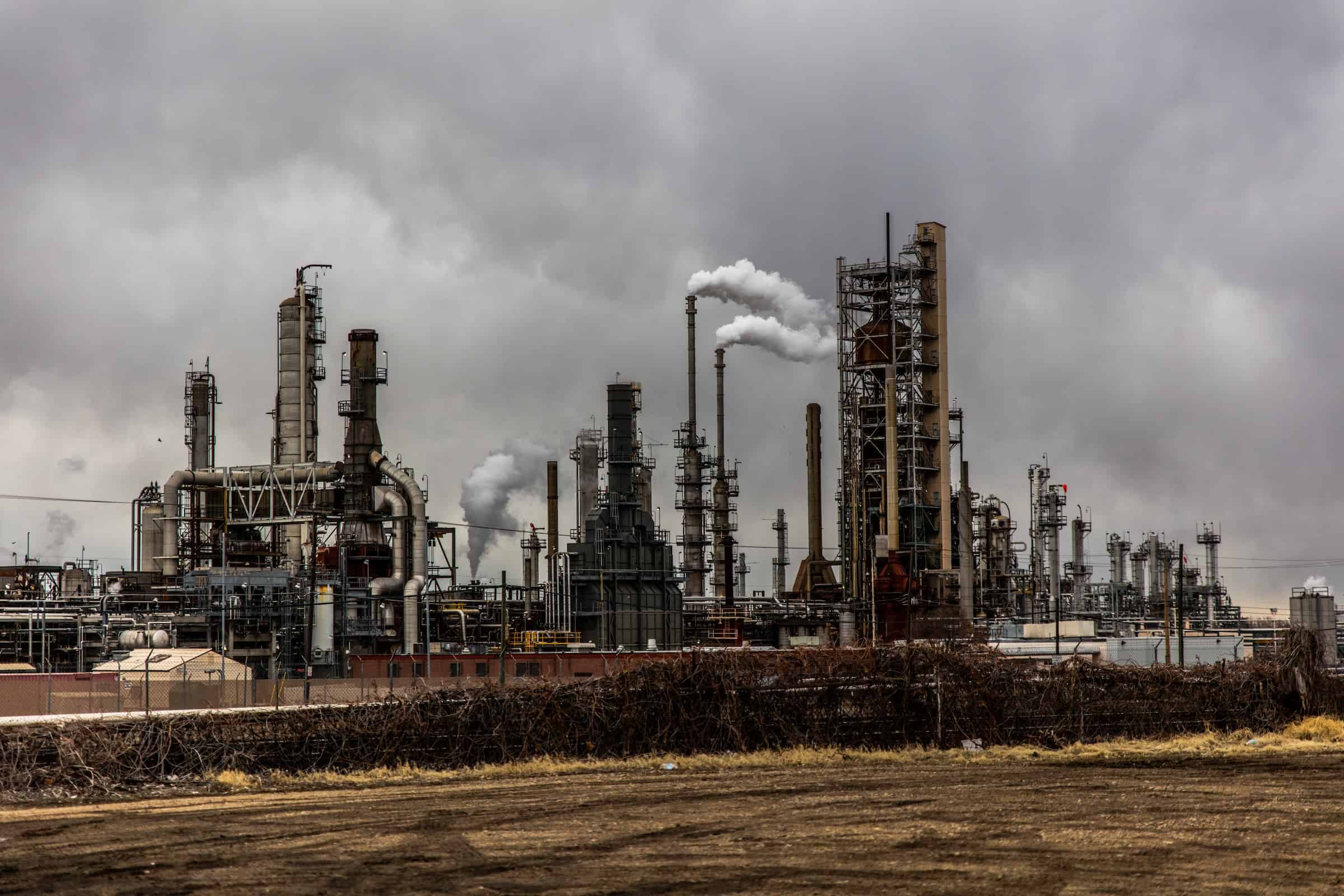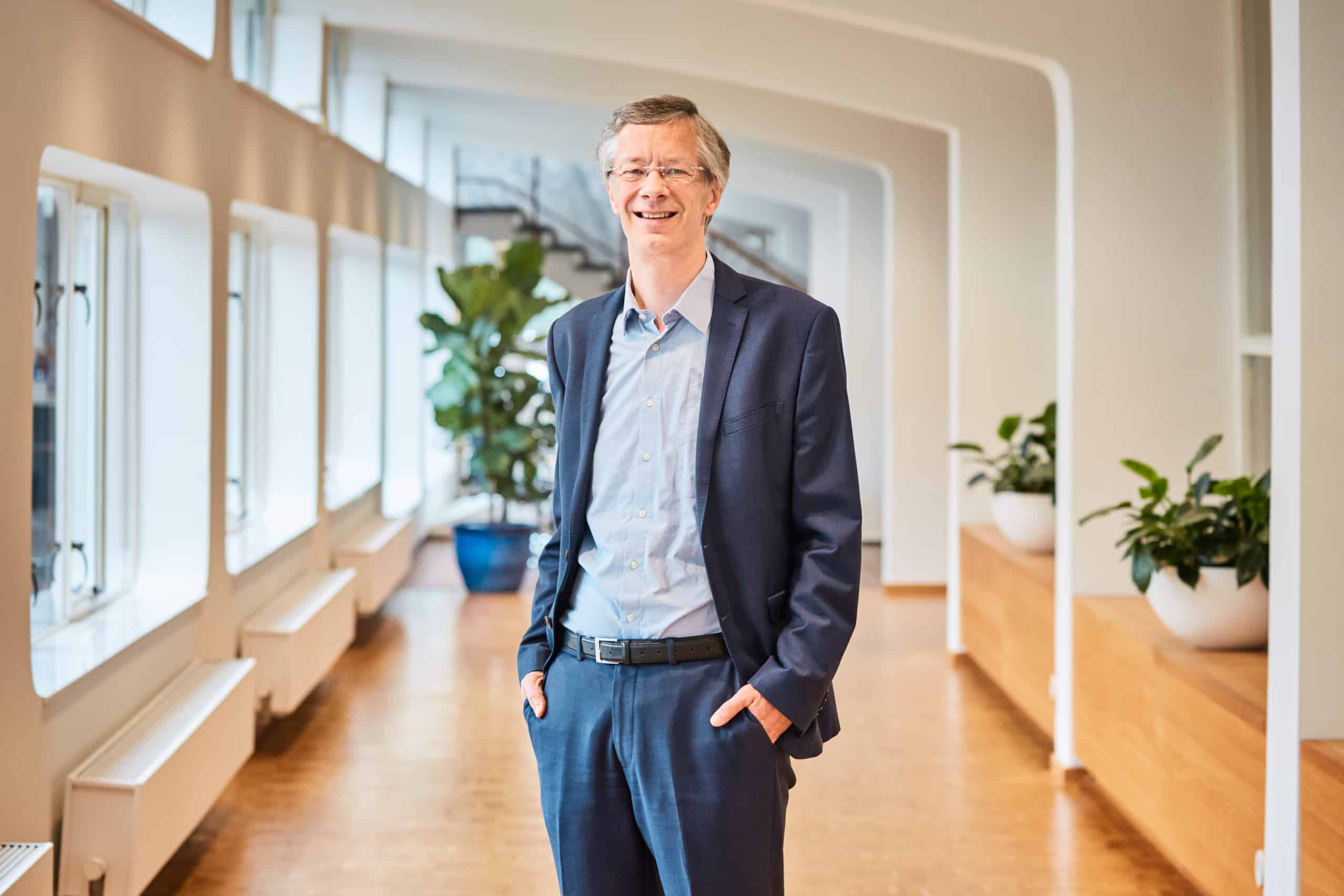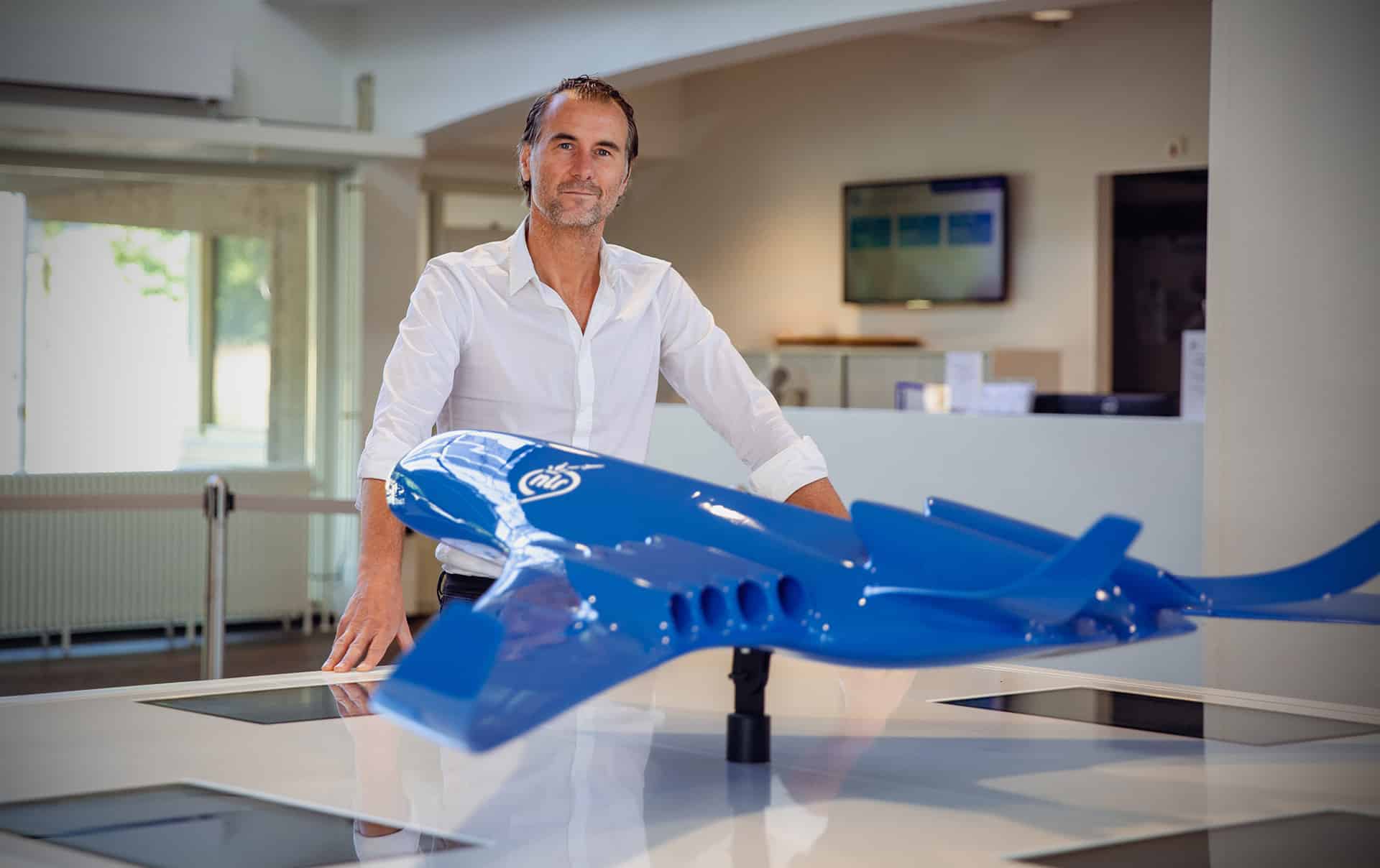
In 2023, the largest Dutch CO₂ emitters achieved record decreases in emissions, but the aviation sector was a notable exception with an 11 percent increase. Renewable energy generation contributed substantially to the decline, despite restrictions on coal-fired power plants being relaxed for energy security. Tata Steel, the largest emitter, saw its CO₂ emissions decrease due to maintenance on a blast furnace. However, reduced industrial production due to high energy and raw material prices also plays a role, requiring innovation for continued sustainability.
Why this is important:
Figures from the Netherlands Emissions Authority (NEa) highlight the need for continued innovation and commitment to sustainability in both industry and aviation to meet climate targets.
The transition to a cleaner energy supply is in full swing in the Netherlands. The Dutch Emissions Authority (NEa) reported a significant reduction in CO₂ emissions by the country’s largest emitters. The impressive figures indicate a decrease of more than 13 percent compared to the year 2022. This figure marks the largest percentage decrease ever measured.
Impulse by renewable energy
The energy sector in the Netherlands has taken significant steps to achieve this decline. The increased use of renewable energy sources such as solar and wind has driven the decline in CO₂ emissions.
Tata Steel, the largest CO₂ emitter in the Netherlands, experienced an unexpected reduction in emissions due to major maintenance at one of their blast furnaces. This emphasizes that not only conscious choices for sustainability but also operational factors play a role in emission reduction. Nevertheless, the NEa points out that at other industrial companies, reduced production – a result of high energy prices and increased raw material costs – is the main cause of the reduction in emissions.
Increase in aviation emissions
While many sectors are making progress, there is a clear backlash in aviation. CO₂ emissions in this sector increased by 11 percent. With the lifting of travel restrictions after the corona pandemic, flight numbers increased again, resulting in higher emissions. Improvements in aircraft technologies and efficiency could not offset this increase.

The dual nature of numbers
Mark Bressers, director-director at the NEa, points out the duality of recent figures. He applauds the increase in renewable energy but emphasizes that industry has mostly produced less rather than actually conserving. For a sustained reduction in carbon emissions in industry, he says, more innovation is needed.
The challenge for the future
It is clear that industry and aviation face significant challenges in continuing to reduce greenhouse gas emissions. Innovation, both in technology and operations, will be essential to meet the climate goals the Netherlands has set itself. While aviation is looking for ways to reduce its climate impact, the industry will have to strive to produce not only less, but cleaner.








